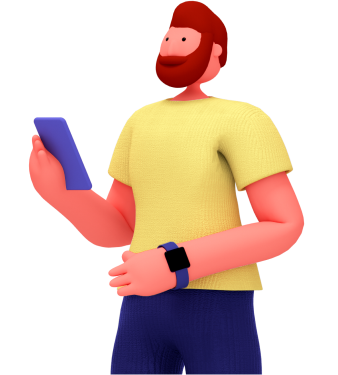The Role of a Branding Designer
By Avery Wright, Expert in Digital Marketing
In the ever-evolving world of marketing, the role of a branding designer is both dynamic and pivotal. Avery Wright, a digital marketing expert, unravels the intricacies of what a branding designer does and the profound impact they have on shaping a brand’s identity.
Crafting Visual Identities
At the heart of a branding designer’s role lies the craft of visual identity creation.
1. Logo Design
Explore how branding designers meticulously design logos that embody a brand’s essence.
2. Color Palette
Discover the significance of color palettes in brand recognition and how designers curate them.
3. Typography
Learn about the art of typography selection, aligning it with a brand’s personality.
Consistency and Cohesion
Branding designers are the guardians of consistency and cohesion in brand visuals.
4. Consistency Across Media
Understand how designers ensure that a brand’s visual elements remain consistent across all media.
5. Cohesive Branding
Explore how designers weave together various visual elements to create a cohesive brand identity.
Communication Through Design
6. Visual Storytelling
Visual storytelling is a powerful tool in a branding designer’s repertoire. Delve into its significance.
7. Emotional Connection
Discover how effective design elicits emotional connections with consumers.
Adaptability and Evolution
8. Adaptation to Trends
Branding designers must stay agile, adapting to design trends and consumer preferences.
9. Brand Evolution
Learn how designers play a role in evolving a brand’s visual identity over time.
Collaboration and Ideation
10. Collaboration with Creatives
Branding designers often collaborate with copywriters, marketers, and other creatives to bring a brand’s story to life.
11. Ideation and Concept Development
Explore the process of ideation and concept development that leads to compelling brand visuals.
Conclusion: Shaping Brand Identities
Avery Wright’s insights underscore the pivotal role of branding designers in crafting visual identities that resonate with consumers. Their artistry in logo design, color selection, and visual storytelling shapes the way we perceive and connect with brands.
Understanding what a branding designer does offers a deeper appreciation for the visual elements that define our favorite brands. With Avery Wright’s expertise, you can explore the creative world of branding design and its profound impact on the marketing landscape.
Table: Responsibilities of a Branding Designer
| Aspect | Description |
|---|---|
| Logo Design | Meticulously crafting logos that embody a brand’s essence. |
| Color Palette | Curating color palettes for brand recognition and identity. |
| Typography | Selecting typography that aligns with a brand’s personality. |
| Consistency Across Media | Ensuring visual consistency across all media platforms. |
| Cohesive Branding | Weaving together visual elements for a cohesive brand identity. |
| Visual Storytelling | Utilizing visual storytelling to convey brand messages. |
| Emotional Connection | Creating designs that elicit emotional connections with consumers. |
| Adaptation to Trends | Staying agile and adapting to design trends and preferences. |
| Brand Evolution | Playing a role in evolving a brand’s visual identity over time. |
| Collaboration with Creatives | Collaborating with copywriters, marketers, and other creatives. |
| Ideation and Concept Development | Engaging in ideation and concept development for compelling brand visuals. |
In summary, a branding designer’s role encompasses logo design, color palette curation, visual storytelling, and ensuring visual consistency. They collaborate with creatives and adapt to trends to shape brand identities.















